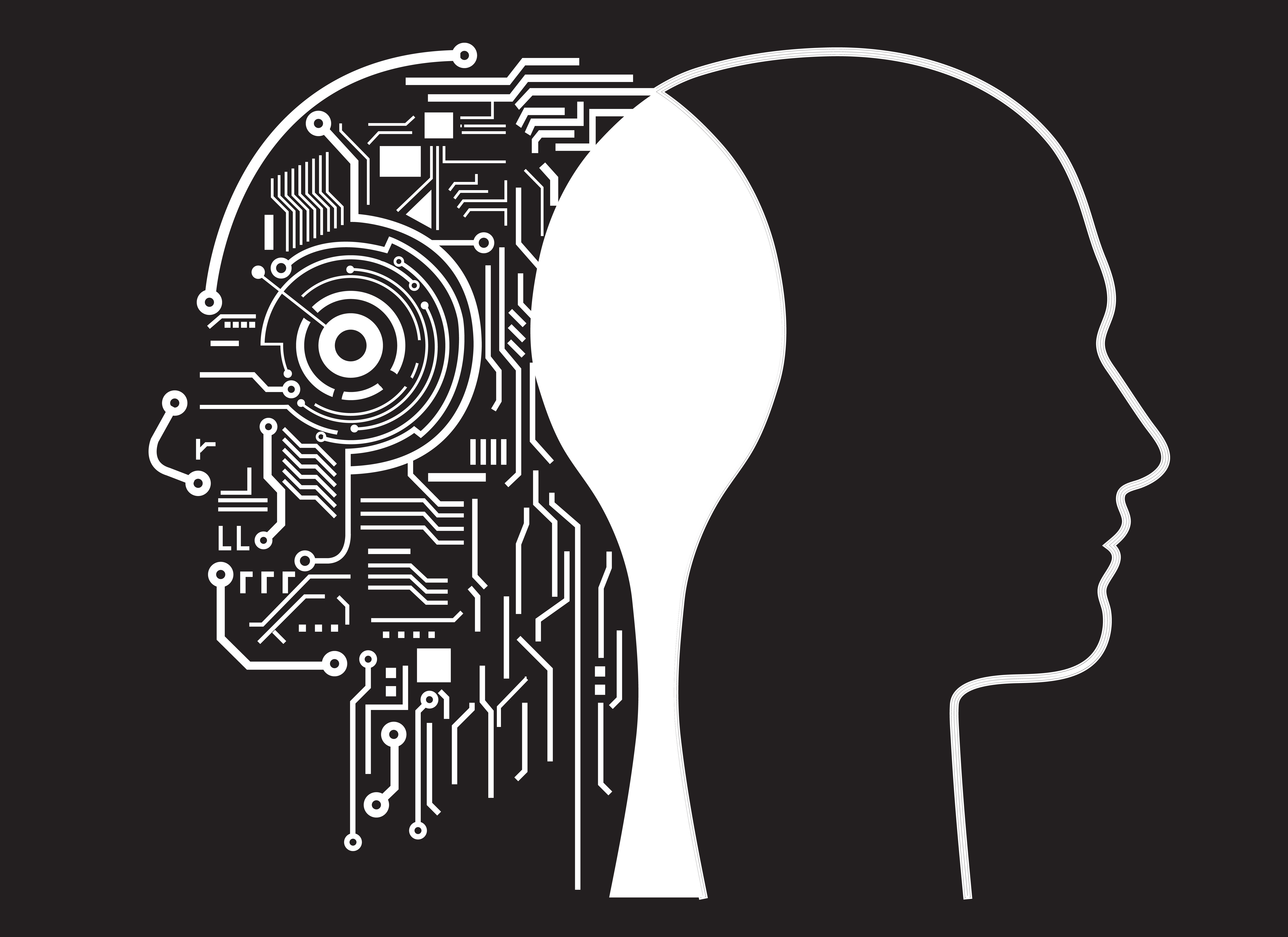It’s hard to see anything other than artificial intelligence being the next frontier of the edtech front. More specifically, machine learning has quickly gained the potential to overhaul what educators can accomplish with technology due to how rapidly the field has advanced within the last two years. And it is expected that artificial intelligence will take a greater place in different industries in the future.Using machine learning, truly “smart” education solutions that can perform intelligent, self-informed actions are poised to change how we facilitate learning inside and outside of K-12 and higher education classrooms.

Here’s four ways artificial intelligence is going to do just that:
1) More collaboration
As edtech authority Eric Sheninger (1) has noted, digital tools can boost student collaboration while they grapple with class material. This increased and streamlined student engagement with other students, as well as the subject matter at hand, has been known to produce more holistic and deeper learning.
Though digital solutions to collaboration may seem unnecessary in smaller K-12 classrooms, machine learning can facilitate effective collaboration in college lectures that may have upwards of 300 students.
For example, in any given large, college lecture, students can use their devices to ask questions on current material. Normally, the shear amount of incoming questions would distract and overwhelm any professor or lecturer. Yet, using machine learning, a program can assess which questions are similar in meaning (regardless of keywords), and meld them together. When questions are “bundled” using this technology, that intimidating wave of questions can effectively be boiled down to just a few, so that educators can quickly gauge what questions are the most pertinent to their students.

2) Adaptive learning
Mixing online tutoring with powerful machine learning has the potential to tailor specific learning solutions to individual students to help them learn in the most effective way possible. This book (2) by Beverly Woolf describes this process of building an interactive tutor that processes input data from students and uses predictive algorithms to feed them back the most helpful study material, resources, and assessments.
In the same way that machine learning can be used to increase collaboration in settings where 1:1 instruction is out of the question, it can also be used outside of the classroom when direct, personalized teaching cannot otherwise be accomplished.

3) Chatbots
Ai driven chatbots are the marketing tool of now, letting brands interact intelligently with consumers through their website or Facebook Messenger. While these bots are designed to produce a specific conversion (inbound traffic to that brand’s website, ordering a product, etc), this same technology can be used for education.
A chatbot within an edtech platform, powered by robust machine learning algorithms, could be able to give students direction and tips on specific types of problems, or connect them with the exact educational resource they need in seconds. This definitely explains why Bill Gates is pouring a fair bit of his fortune into developing education chatbots (3).

4) Data Informed Institutions
An extremely exciting aspect of Ai powered edtech is the data about what these algorithms learn as they help students, not only the direct effect they have on the classroom. If an entire institution were to integrate a smart platform into their classes, they would quickly have data freely flowing in concerning what subjects students find most difficult, and what resources or solutions can be used to best combat the most common roadblocks.
Holistically, this data (paired with in-depth analysis) can allow educators and administrators to quickly and efficiently iterate through different teaching methods, tools, resources, all resulting in a more effective and enjoyable education experience from students.
Author: Dominic Diorio -VP of Marketing and Sales – CrowdConnect.io
References:
- http://www.edtechmagazine.com/k12/article/2016/02/5-ways-digital-tools-are-transforming-education-space?utm_source=t.co&utm_medium=referral
- https://www.elsevier.com/books/building-intelligent-interactive-tutors/woolf/978-0-12-373594-2
- http://www.edtechmagazine.com/k12/article/2016/04/bill-gates-talks-artificial-intelligence-education



Hello Neil,
Excellent article, Artificial intelligence is really improving the education industry.
LikeLiked by 1 person